Your windows are a key component of your home’s exterior decor. They help your home look beautiful on the outside while allowing a stream of natural light to beautify your home on the outside. But your windows do more than just look pretty. Your uPVC frames and double glazing are among your greatest allies in the battle against heat waste. They help to keep the hot air that you’re paying for inside where it belongs, keeping your energy bills (and your carbon footprint) from spiralling out of control. They help to shut out the unwelcome cacophony from noisy neighbours and trap free heat energy from the sun inside your home.
Your uPVC windows ask for very little in return for giving so much. Which is why it’s important to give them the tender loving care they need to do their job as well as possible for as long as possible. But many of us are unsure of the best way to care for our uPVC windows. Although one of the selling points of uPVC is that it’s virtually zero-maintenance, we often deal with customers who would like a helping hand in getting the best out of theirs.
With that in mind, we hope you will find this uPVC window FAQs useful in answering all the questions you never got around to asking about your windows.
What is uPVC?
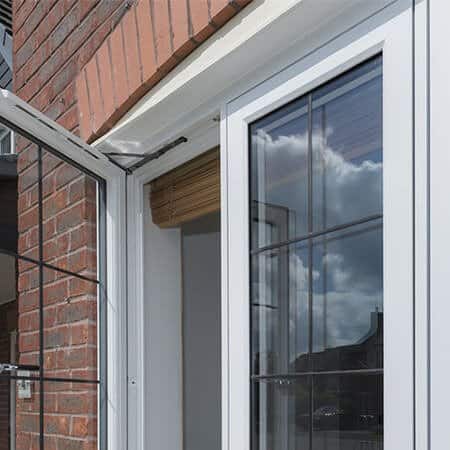
Let’s start at the very beginning, shall we?
The acronym uPVC stands for unplasticised polyvinyl chloride. It is made by bonding chlorine atoms to a vinyl polymer, creating a material that has many of the same properties as plastic, but without some of the limitations.
It is durable, affordable and very low-maintenance. It often approximates the appearance of painted timber or is presented in plain white. However, uPVC windows are available in a fairly broad range of colours.
While we’ll be looking at uPVC windows, there are many other uses for this material outside of glazing. uPVC is also commonly used for guttering, drains and downpipes, fascias and siding. uPVC windows are wrapped around a core of galvanised steel, which gives them strength and durability.
Its low conductivity makes uPVC highly thermally efficient, yet it is fairly malleable and can be drilled into for tasks like fitting blinds or ironmongery.
Finally, uPVC is completely non-toxic, making it safe for the whole family, including children and pets. However, it does release harmful dioxins if burned.
Do uPVC Windows Need Maintenance?
The great thing about uPVC is that it is strong and durable, able to take whatever the weather can throw at it. The only real maintenance required is regular cleaning and yearly oiling of the hinges and locks.
Cleaning your uPVC windows
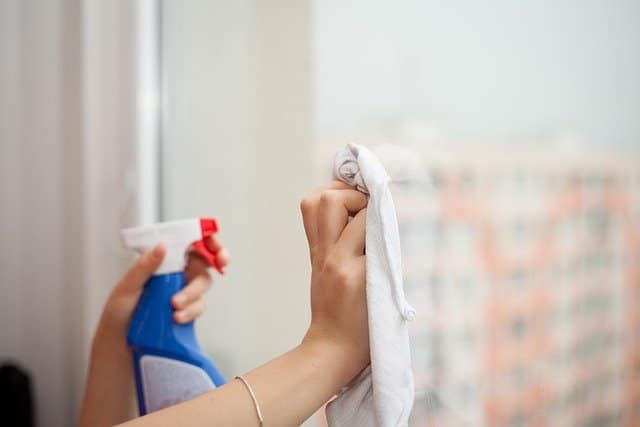
Regular cleaning is advisable to keep your uPVC windows looking their best.
When cleaning from the inside, use a non-streak glass cleaner with a paper towel or soft cloth. Be sure to clean the entire window pane, all the way into the corners for a consistent sparkle. Use a new soft microfibre cloth or paper towel to buff your window until dry.
Cleaning from outside is best done with a bucket of soapy water and a clean sponge. Change the water regularly to ensure that you don’t smear dirt and grime onto each new pane. Start at the top of the window and make your way down in circular motions, before cleaning off excess suds and moisture with a squeegee. You may also want to buff the windows with a dry cloth to ensure that there are no streaks left while the window is drying.
It’s recommended that you clean your windows on the outside every 3-4 months.
Cleaning your window frames
As well as cleaning the glass of your uPVC windows, it’s also advisable to clean your window frames every once in a while to prevent dirt and dust from diminishing their visual impact. However, you’ll need to be careful when cleaning the frames as abrasive products and harsh scourers or brushes could remove the glossy finish.
It’s recommended to clean your frames as you would your windows’ exteriors. Use a bucket of warm soapy water and a clean sponge. For marks that are particularly stubborn, use a specialist uPVC cleaning solution.
Lubricating the hinges, handles and locking mechanism
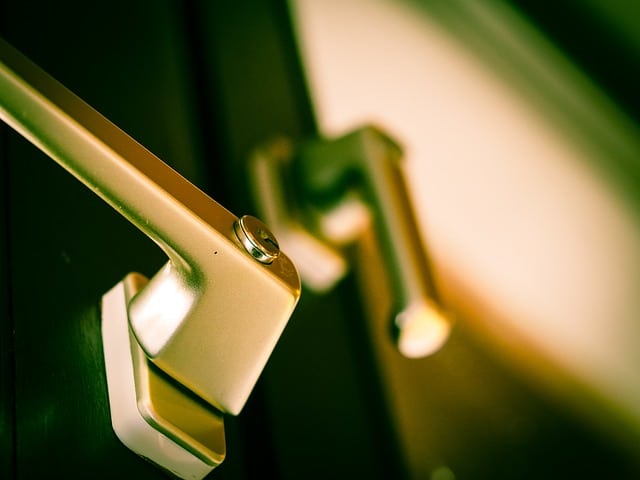
While the uPVC frames of your windows require virtually no maintenance, it’s important to pay a little attention to the moving parts of your window to get the most out of it. These include the hinges, handles and locking mechanism.
Fortunately, this is very simple.
First, spray a small amount of WD40 or, better yet “3 in 1” oil, into the grooves on either side of the handle mechanism. Then spray a little into the lock itself. Insert your key and move it around slightly to ensure that the inside of the lock is coated.
Next, open your windows and spray a generous amount of lubricant over the hinges. Open and close the doors several times to ensure an even coating.
Upon opening your window you’ll see a metal strip on the bottom of your window frame. This is the main component of the locking system. A few short bursts of spray will prevent this from seizing up and ensure smooth operation.
Repeat this process around once a year for the best results.
Why is my uPVC Window not closing properly?
It’s important that your uPVC windows are properly closed with the window flush against the frame. Otherwise, your windows could admit unwelcome draughts and let warm air out of your home. This may drive up your heating bills and make your living space much less comfortable.
There are three areas where the problem may lie. The lock, the hinges, or the sash. If your uPVC window isn’t closing properly, here are some tips to help you get to the heart of the problem and rectify it quickly, without the need to call out a professional.
- Close your window and check the hinge side – If there’s a gap between the hinges and the sash, the problem lies with the hinges. Over the years the hinges can wear and prevent the sash from closing tight against the seal. Replacing them will fix the issue.
- Check the lock – When your lock gets loose it can cause a gap between the sash and the frame. Making a small adjustment to tighten your lock mechanism is all it takes to resolve this issue.
- If you have sliding sash windows, check the tracks – Any dirt, grime or dust may impede the movement of your windows.
- A dropped sash – Is one of the most common reasons why your window will not close properly. Close the sash and look at the upper corner above the handle. If you can see daylight through the corner, this is an indication that your sash has dropped. Check also that it is still fitting flush with the frame. Dropping will typically occur on the handle side. The glass will need to be removed, adjusted and packed with inexpensive plastic packers to ensure that there is no movement between the glass and the sash.
By keeping your uPVC windows clean and lubricated, you will significantly reduce your risk of encountering any of the issues that prevent them from closing properly. Helping keep your home warm and safe.
How often do uPVC windows need replacing?
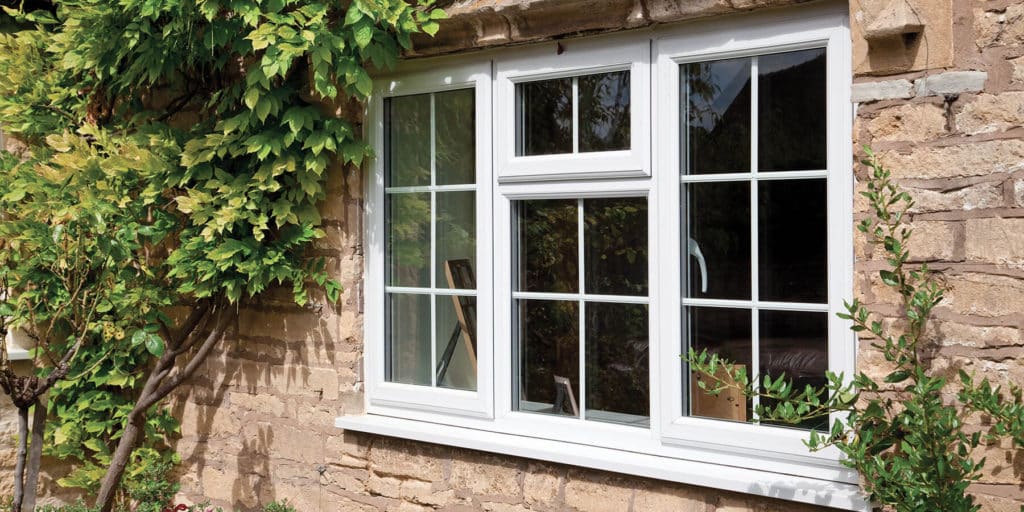
We’re often asked how long uPVC window units last. Unfortunately, it’s not an easy question to answer, as there are a lot of variables at play such as:
- The quality of the installation,
- The weather,
- Environmental conditions of where they are installed,
- And the quality of the unit’s build.
A window unit that’s professionally installed in West Sussex will generally fare better than the same unit that’s installed by the owner in a coastal property in Blackpool, as the sea air can hasten the deterioration of the materials.
Generally, however, you can expect your uPVC windows to last at least 20 years if it has been professionally installed, cleaned regularly and lubricated once a year.
In order to make sure your uPVC windows last as long as possible, we recommend resealing them every five years. This not only keeps your windows looking pristine and fresh, but it also prevents damage from being caused by dirt or moisture ingress.
When you get to the 20-plus year mark, keep an eye out for the following signs that your uPVC windows may need to be replaced:
- You see condensation inside the window pane, indicating that the seal between the plates of gas has ruptured and the insulating gas has escaped.
- You feel a cold breeze when you walk past your windows.
- You still have trouble closing your windows, despite taking the actions mentioned above.
- You notice fading on the furniture, carpet or wall coverings near your windows (a sign that they are not filtering out UV rays as they should).
Can uPVC Windows be Painted?
uPVC windows are available in a wide range of colours to suit all tastes. But if you want to breathe new life into your home’s exterior, you may feel inclined to paint your windows a different colour.
Can you paint your uPVC windows? Yes, as long as you do it right, and use the correct paint.
Should you paint your uPVC windows? We honestly don’t recommend it. Quite simply, uPVC windows are not meant to be painted. The units are prone to thermal expansion through the seasons and this, combined with the glare of the sun, may cause your paint to fade, peel or crack over time. uPVC is also a less than ideal surface to paint on. What’s more, painting your own windows may void your warranty.
If you are absolutely determined to paint your uPVC windows, here are some things to keep in mind:
- Never paint uPVC windows that are less than 12 months old. For its first year, the window secretes resins that are used in the manufacturing process, which can prevent paint from bonding to the surface.
- Because it is so smooth, uPVC highlights every brushstroke, ridge and dip in the paint. If you can use a spray gun without getting paint on the glass, this is your best option.
- Make sure your window frame has been completely cleaned and degreased prior to painting.
- Use fine sandpaper to prepare the surface of your window frames before applying your paint, otherwise, it won’t adhere to the surface.
- You’ll need to apply a special uPVC primer before you start painting. This should be fully dried before you paint your windows and you may need to apply several coats. For this reason, we don’t recommend painting your windows in the winter.
- Use acrylic or polyurethane-based paint. This will expand along with your window frames during hot weather and help to prevent cracking and peeling.
What do uPVC Windows Cost?
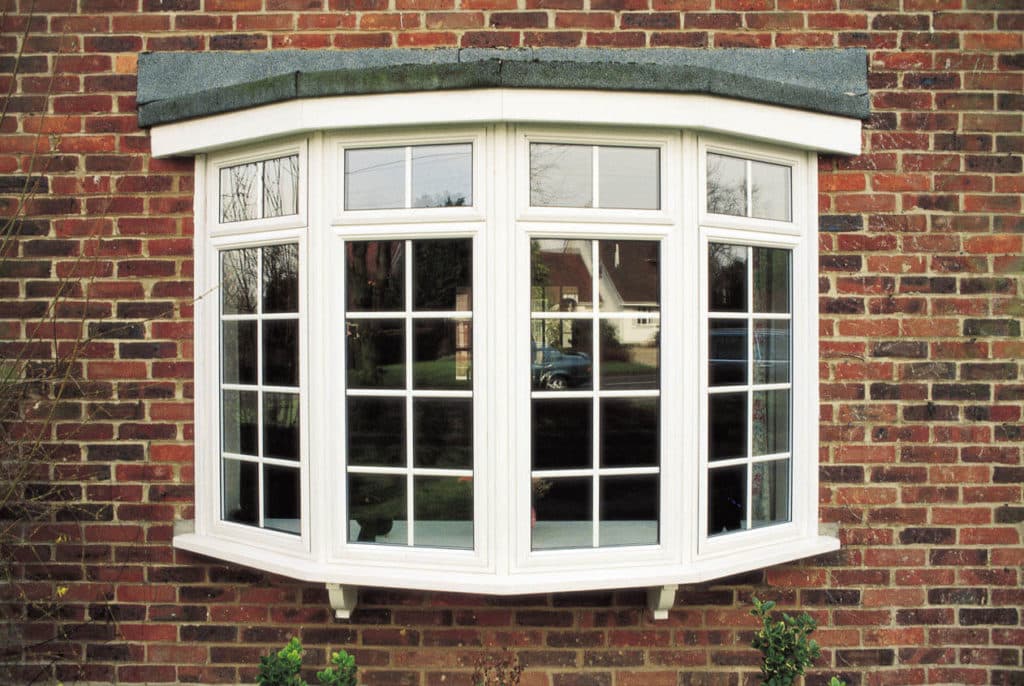
The cost of uPVC windows varies, depending on the specifications of the unit and the quality of the glass. Take a look at the British Fenestration Rating Council’s website to see the ratings system based on the thermal efficiency of double glazed sashes.
As a rule of thumb, you can expect to pay:
- £250-£400 for a 600mm x 900mm window frame
- £400-£600 for a 900mm x 1200mm window frame
- £650-£900 for a 1200mm x 1200 mm window frame
As such, you can expect to pay between £3,000 and £5,000 to fully furnish an average 3-bedroom house with new double glazed uPVC windows. That’s around 30-50% cheaper than you can expect to pay for timber or aluminium windows.
Unanswered questions?
We hope that we’ve answered all of your questions about uPVC windows here. But if you’d like to chat with a member of our team, please don’t hesitate to get in touch with us. Take advantage of our years of experience, so that you can make all the right decisions when it comes to your windows.
 10-year guarantee
10-year guarantee Made in Britain
Made in Britain Variety of finance options
Variety of finance options 10+ years' experience
10+ years' experience